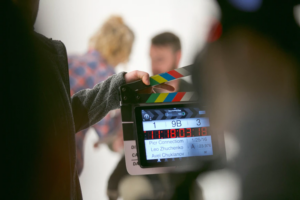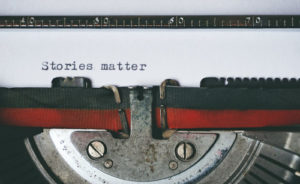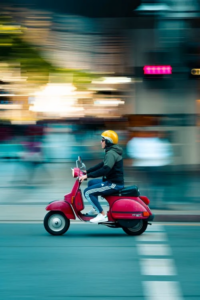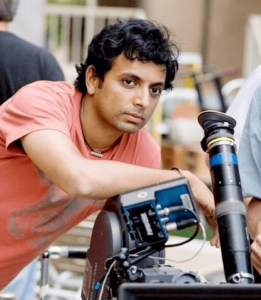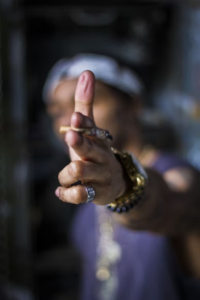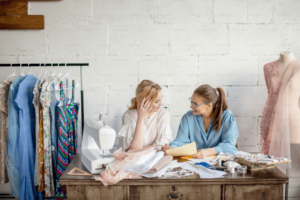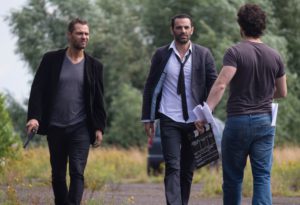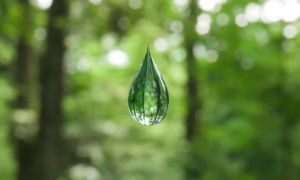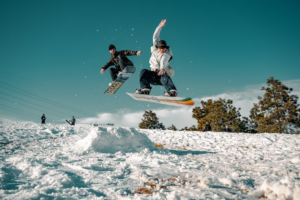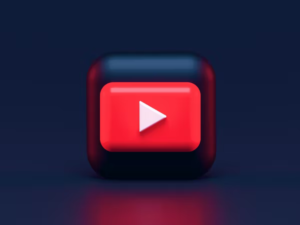The unsung hero of filmmaking is the insert shot. Feature films, documentaries, and advertising employ them. Making the most out of your insert shots is a science, despite how simple they appear. Let’s decode them further in this article.

What is an Insert Shot?
Any shot whose only objective is to draw the viewer’s attention to a single aspect inside a scene is referred to as an insert shot. These shots are frequently taken from the perspective of a character, implying that we see what the subject sees during a focused moment.
Insert shots can be written into the screenplay, although the director will direct most shots. These shots are frequently done by the 2nd unit or in pickups to cover editing gaps.
Close-up or extreme close-up pictures are frequently used in these images so that the spectator can read texts or perceive a minor feature.
In more pragmatic filmmaking terms, insert shots—also known as cutaway shots—are used to supplement your cinematic storytelling with additional visual information. For example, there are close-ups of technical data, such as newspaper headlines, goods, weapons, or little articles like door handles.
Cutaways and inserts can be a pain for filmmakers since they must maintain continuity by maintaining the items in the same relative location as in the main shot and using the exact lighting.
Insert shots, on the other hand, are not always close-ups. Across all of the main shot categories, they can contain any number of shot styles or techniques. The main feature is that they are edited into a scene or “inserted” to help create more thematic clarity.
Insert Shots in the Big Lebowski
Cutaways vs. Insert Shots
Although, they are used synonymously for each other. But, according to some, both have some distinct functions which differentiate both. So, let us have a look at the differences.
Cutaways
An interview in which a person speaks for numerous minutes might be tedious. However, you can use one or more cutaways to depict the interviewee talking, giving the film more visual interest. For example, a cutaway might show a plant, animal, landscape, map, animation, instrument, or other thing or process explained during the interview.
Insert Shots
Insert shots provide context to a video, usually by revealing more information in a scene. A medium shot, for example, could depict a scientist working in the lab and pipetting liquid into vials. A close-up of the scientist’s fingers or the fingertip would be filmed separately and added to the main footage as an insert shot. Such edits might improve a video by adding a new perspective or more detail that is not visible in the primary film.
The cameraman can prepare for cutaways and insert shots by capturing “b-roll” material alongside the primary footage. Such planning may take a little more time and effort during filming and editing, but it will be well worth it in the end.
Cutaways vs Insert Shots: A Tutorial
What is the Purpose of an Insert Shot?
- Brings the focus of the audience’s attention to specific detail.
- Uses compositional guidelines to grab the viewer’s attention.
- A close-up point of view perspective is frequently used.
Importance of an Insert Shot
With the above concept in mind, it is easy to see how insert shots can be overlooked or misunderstood. As an extra step, a filmmaker must take additional scene coverage. In reality, they are just as vital as any other shot in your movie.
How to Shoot an Insert Shot?
Approach insert shots in the same manner as you would like any other close-up shot. Inserts frequently focus on small things and highlight exact details, as we previously discussed. This means that when photographing with long lenses, inserts lend themselves to flat compositions.
Also, insert shots are generally static and photographed with macro lenses. Therefore, they may appear slightly easier on paper than other shot types. They can, however, be difficult, as you can see in the video above. After all, the goal of a successful insert shot isn’t merely to convey information. Instead, it’s about appealingly presenting the information.
Insert shots give you the chance to experiment with different lighting styles, add subtle movement for a cinematic impact, or find inventive ways to disrupt the audience’s expectations by offering more—or less—information than they might expect.
How to Edit an Insert Shot?
It’s also crucial to understand that shooting insert shots are only half of the battle. Only when you use an insert shot at the precise perfect point in the edit to help propel your story forward will it be genuinely successful? Conversely, cutting to an insert too soon or lingering on one too long can detract from the content and flow of your production.
You can also use other transition tactics to assist your insert shots in making a bigger effect. Jump cuts, J and L cuts, and other cutting fundamentals are a wonderful place to begin. Consider more stylistic cuts, such as smash audio cuts. Make sure the insert is only displaying information related to the scene’s time and location.
9 Cuts Every Editor Should Know
Ingredients for a Perfect Insert Shot
For better insert shots, the formula works on elements of an image such as composition, color, and timing. Combine all of these factors to create the ideal insert shot.
- Composition
- Color
- Timing
Composition
Do you want the viewer to notice something mainly when you utilize an insert shot? The shot size, the shot angle, and the camera movement influence how the viewer feels about your various insert shots and thus your scene.
Whatever you want to display with an insert shot, whether text or a pistol hidden in a drawer, placing it on one of the four vertices formed by the rule of thirds is the best way to ensure it will be seen. One of the finest examples of this is explained in the video from the movie Zodiac.
Insert Shots in the movie Zodiac
Arrange the surrounding objects in the frame so that their bodies form lines that draw the viewer’s attention to the region you want to highlight. This is also known as the eye-line technique. These are the fundamental compositional guidelines and the way to block insert shots.
Color
Color is one of your best aids when it comes to showing specific portions of the frame. First, utilize the basic principles of color to draw attention, and then use color relationships to create a feeling. The video link below demonstrates the importance of colors in movies.
Insert shots can be emotionally charged, especially if the character interacting with the visuals in the scene is going through a difficult time. So, use color to draw attention and heighten feelings.
Timing
When should you decide to use your insert shot? How long should the shot be left in the edit once you’ve made your decision?
These are all timing issues, and they all directly impact the viewer’s perception of the significance of your insert shot. In the video link below, master auteur Christopher Nolan talks about the importance of timing in insert shots.
Insert shots can have the following varied impacts at different points in the scene:
- To provide some needed context, you may start your scene with an insert shot.
- To highlight details of an item or some hidden activity in the middle of the scene.
- To suggest that the imagery embodies the scene’s message at the end of your scene
- To ask the spectator to ponder the impact the imagery will have on future events in the movie.
- You can use the insert shot in the scene quickly if you want an action to be hidden
- To have more relevance, you may leave insert shots in the edit and compel contemplation.
Benefits of Insert Shots
Let us have a look at the benefits of Insert Shots:
They aid in scene transitions – Insert shots provide rapid information about an environment by displaying its details. They are fantastic for entering a new scene when you don’t want to utilize a wide shot. They are just as valuable as exciting ones.
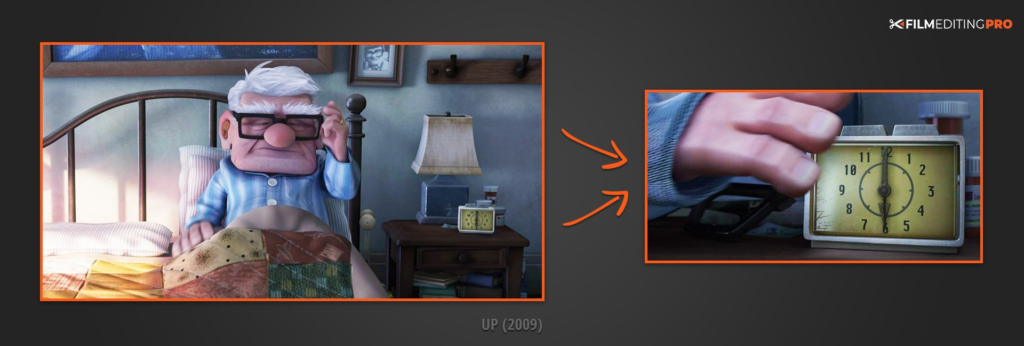
They give a clearer picture of what’s going on – Insert shots can also help focus a viewer’s attention by better defining what’s going on. Important narrative ideas can be conveyed to the audience efficiently and economically by utilizing the power of the close-up to eliminate all other items from the frame.
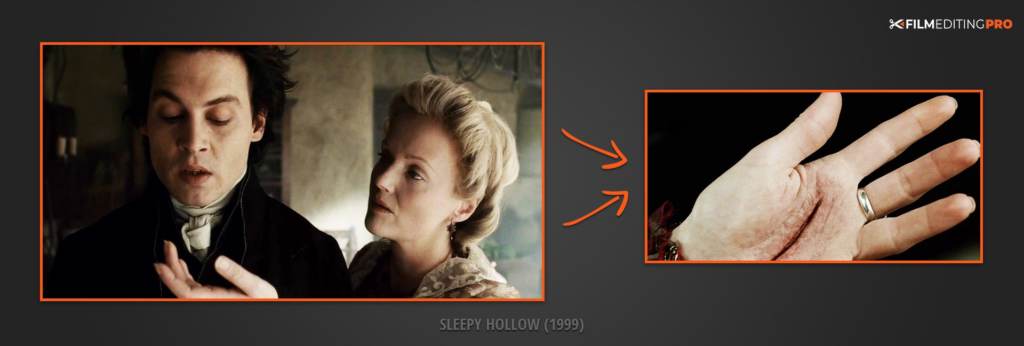
Increase the variety of shot compositions – Finally, insert shots within a cut can provide more variety in shot compositions. Savvy editors use them to break up the monotony of medium images that plague more haphazardly edited pieces.
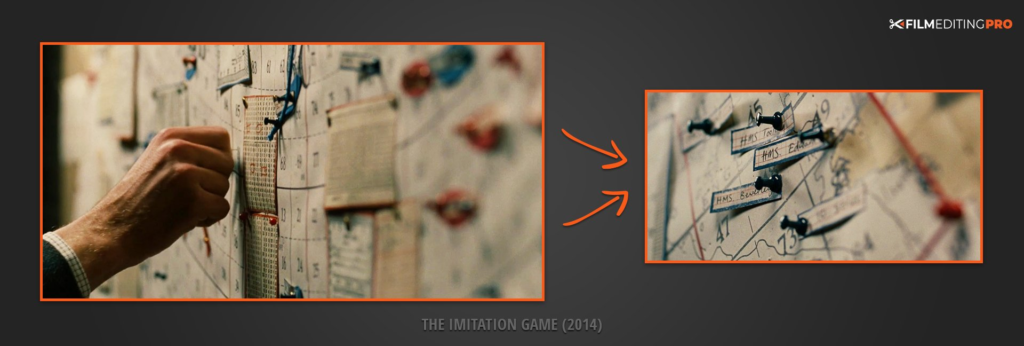
Insert Shots in Action
We’ve combined two wide pictures of an editor cutting at a workstation. We may discuss the necessity of using a specific keyboard function, which would be an excellent opportunity to splice a close-up shot between the two wide images to get a better look at that detail.

Image Source: Film Editing Pro
If there is action, you’ll want your insert shot to match the action in most cases. When action, direction, or conversation isn’t quite correct throughout cuts, insert shots can help mask continuity concerns. In addition, you can use them to shorten the time. For example, you can move that second wide view to a separate stage of the editing process without upsetting the audience.
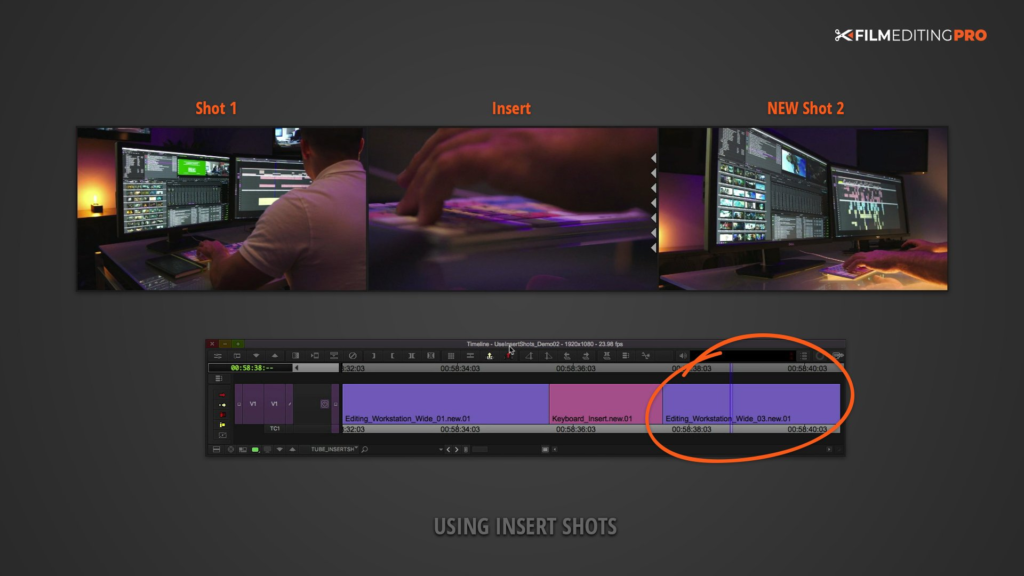
Conclusion
As you can see, inserting shots that cover specific essential narrative points are pretty important in editing. They can be helpful in your movie when you have critical information to present or significant story points to express.
